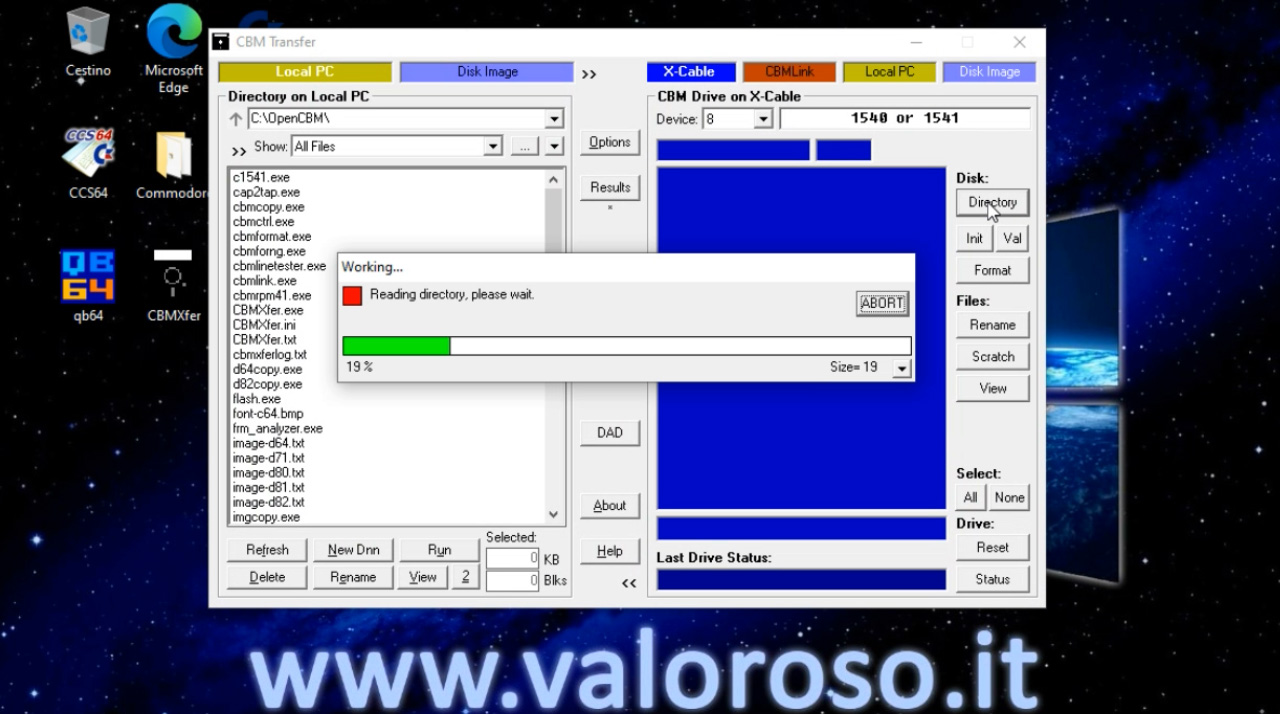

Windows detected the drive and installed drivers for it, then told me to format the floppy disk before I can use it, but never actually activated the drive. Then I uninstalled the floppy drive and controller and rebooted. I tried removing the \DosDevices\A: and all (four) entries that refer to \?\FDC#… from HKLM\SYSTEM\MountedDevices. Also, ejecting and putting a disk in the drive does make a sound like the pin falling into place, but that is more mechanical than electrical.) (Yes, there is a disk in the drive, but that is irrelevant since Windows does not turn the drive on at all. It does however work in DOS, in the BIOS boot-menu, in Windows setup (ie F6 to load drivers), etc.įrom Explorer: Please insert a disk into A-Floppy (A:). That is, when trying to access the A: drive, nothing occurs, no light, no motor, nothing. In the example below, a write-protected flash drive named “USB Drive (G:)” is inserted into a computer.My (internal) floppy drive does not work in Windows (neither XP nor 7). Insert your device into its appropriate port and check whether your computer recognizes it through the file explorer. To begin, ensure that your computer detects the storage device that you intend to fix. This method requires cmd scripting, but don’t worry if you’re not familiar with advanced cmd scripts because you’ll be guided along the process. You can use the DiskPart utility of Windows to unlock your storage device. RELATED: What File System Should I Use for My USB Drive? Using the DiskPart Utility If the problem persists or your drive does not have the physical write-protect switch, proceed to the next method. This should solve the write-protected issue. If it does, simply toggle it and re-insert your drive to the appropriate port. The first thing you’ll need to do when you encounter an error that says your drive is write-protected is to examine your drive physically if it has a lock switch. Some storage devices have a lock switch that can be toggled to enable or disable the write protection feature.


 0 kommentar(er)
0 kommentar(er)
